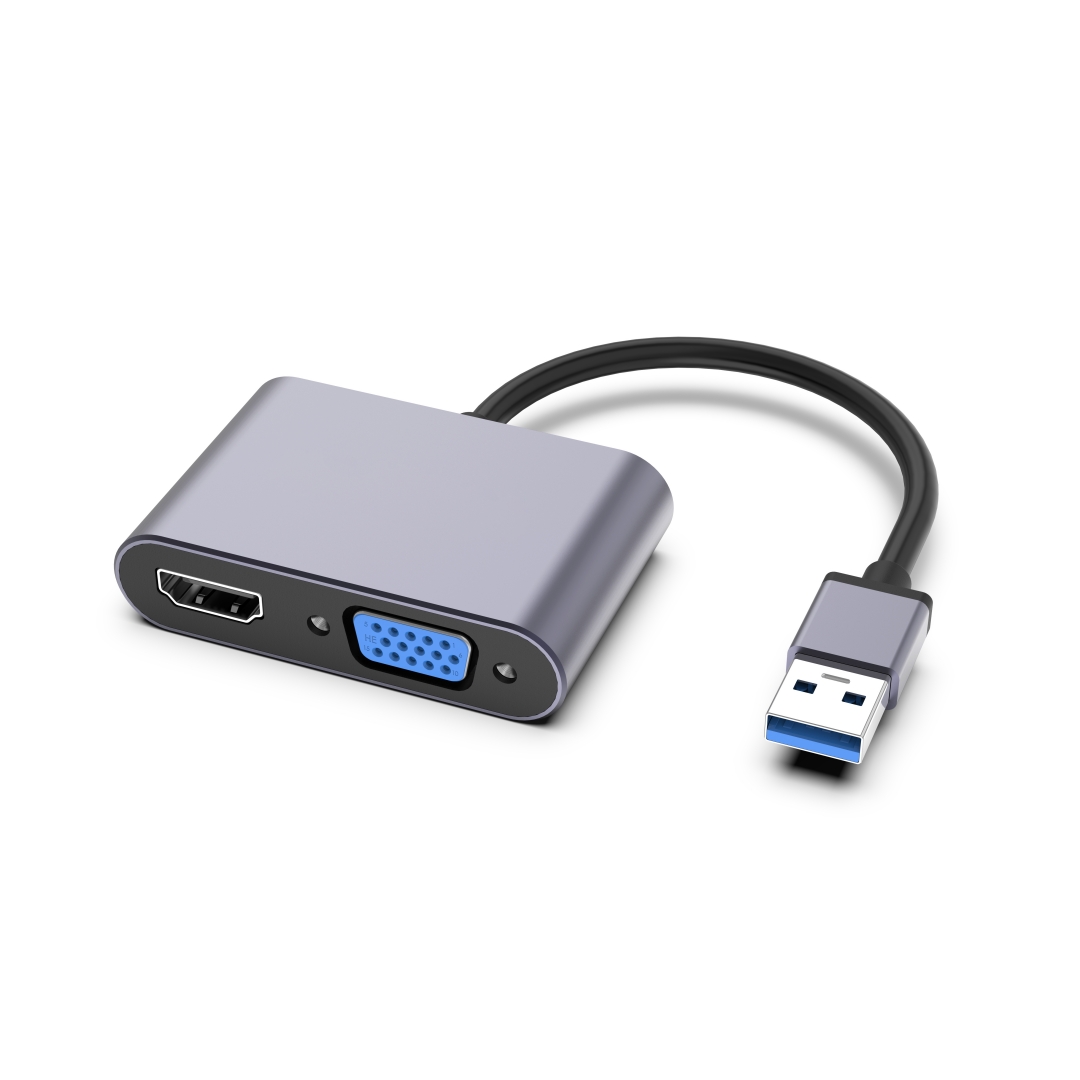Easy and Efficient Networking for Multiple Computers

Connecting 20 computers to a hub provides a seamless network infrastructure, ensuring efficient communication and data sharing among all devices. Whether you are setting up a small office or organizing a computer lab, this step-by-step guide will help you establish a reliable connection.
Step 1: Choose a Suitable Hub
The first step is to select a hub that can accommodate all your devices. Consider factors such as the number of available ports, data transfer speed, and compatibility with your network setup. It is essential to choose a hub with enough ports to connect all 20 computers, allowing for future expansion if needed.
Step 2: Prepare the Network Cables
Before connecting the computers to the hub, ensure that you have enough Ethernet cables. Each computer will require a cable to establish a connection. Measure the distance between the hub and each computer to determine the appropriate cable length. Prepare the cables accordingly, keeping in mind factors such as cable quality and interference prevention.
Step 3: Connect the Computers to the Hub
Now it's time to establish the physical connections between the computers and the hub. Follow these steps for each computer:
1. Locate an available Ethernet port on the hub.
2. Take one end of an Ethernet cable and insert it into the chosen port on the hub.
3. Connect the other end of the cable to the Ethernet port on the computer. Ensure a secure connection.
4. Repeat these steps for the remaining computers until all 20 are connected to the hub.
Step 4: Configure Network Settings
After establishing the physical connections, it is crucial to configure the network settings on each computer. Follow the below steps for each computer:
1. Open the network settings or control panel on your computer.
2. Select "Network and Internet" or similar options, depending on your operating system.
3. Locate the Ethernet connection and select "Properties" or "Change Adapter Settings."
4. Double-click on the Ethernet connection and assign a unique IP address for each computer.
5. Ensure all computers have the same subnet mask and default gateway.
6. Test the connectivity by pinging the hub or accessing the internet on each computer.
Conclusion
By following these steps, you can easily connect 20 computers to a hub, creating a seamless network infrastructure. Remember to choose a suitable hub, prepare the necessary cables, establish physical connections, and configure network settings on each computer. This setup will provide efficient communication and data sharing capabilities for your networked computers.



